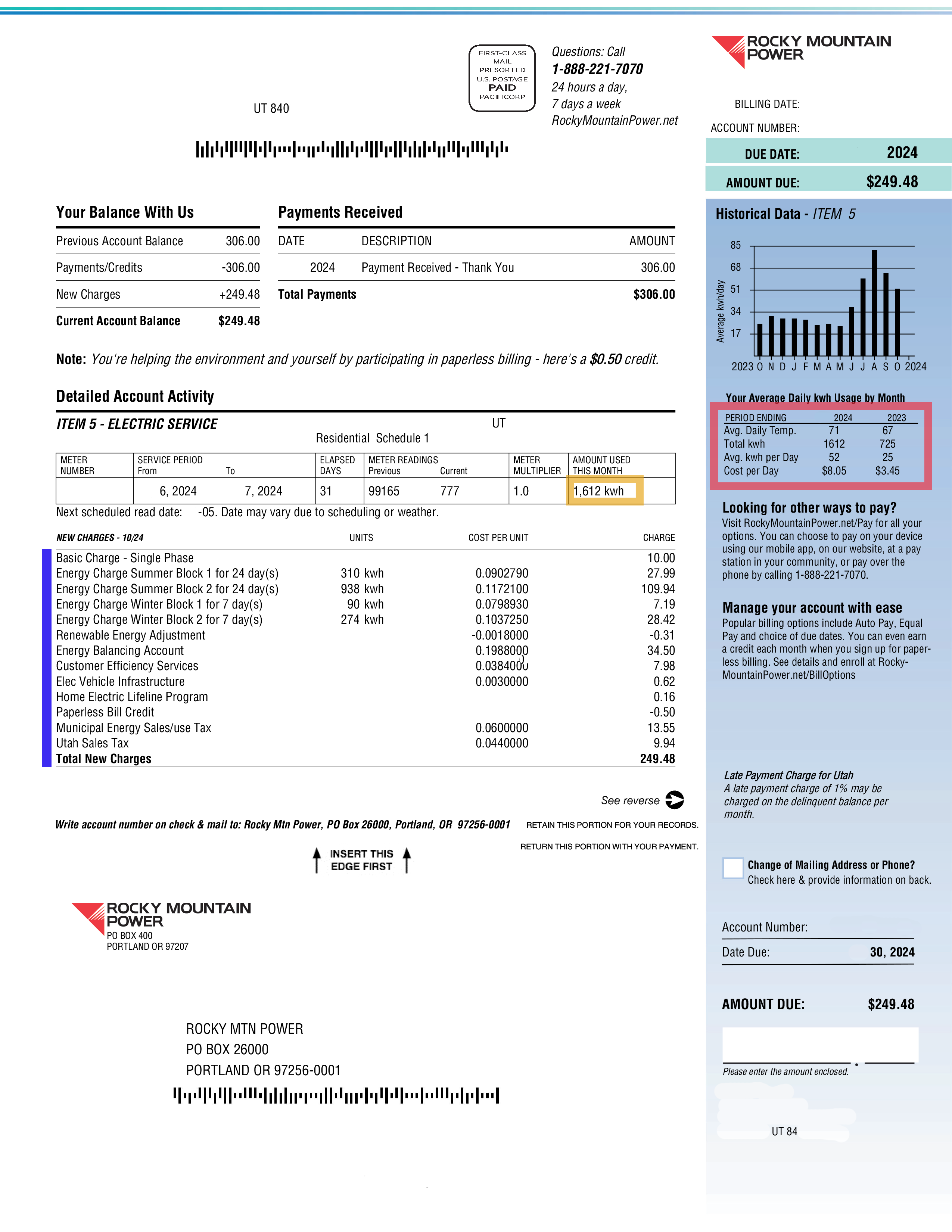
Federal Solar Investment Tax Credit (ITC) and How to Apply
The Federal Solar Investment Tax Credit (ITC) is an important financial incentive that has encouraged more people in the United States to use solar energy. It started in 2005 and has helped homeowners and businesses lower the initial costs and ongoing expenses of switching to renewable energy. As more people focus on living sustainably and using energy wisely, the ITC keeps encouraging the use of clean energy. Knowing how this tax credit works and how to apply for it can really help make solar energy affordable for more people.
What Is the Federal Solar Investment Tax Credit (ITC)?
The ITC is a federal tax credit that helps lower the income taxes a person or business owes, based on how much they spend on solar energy systems. As of 2024, it lets homeowners and businesses take 30% of the cost of installing solar energy systems off their federal taxes. This credit works for both home and business solar installations, making it one of the best incentives for anyone thinking about switching to solar power.
It’s important to note that the ITC is a tax credit and not a rebate. This means it directly reduces the taxes you owe, rather than giving you a refund or direct payment. For example, if the total cost of your solar installation is $20,000, you could receive a $6,000 credit (30% of $20,000) against your taxes.
Important details about of the ITC
- Applies to All Solar Installations: The ITC applies to both residential and commercial solar energy systems. Whether you are a homeowner looking to reduce electricity bills or a business owner seeking to cut operational costs, you can benefit from this credit.
- Eligibility Window: The 30% credit was extended under the Inflation Reduction Act of 2022 and is set to remain in place until 2032. After that, the credit is set to drop to 26% in 2033, 22% in 2034, and may phase out entirely for residential systems by 2035 unless extended.
- No Cap on the Value: There is no maximum limit on how much you can claim. Whether you spend $10,000 or $1 million on a solar energy system, you can still deduct 30% of the cost from your taxes.
- Can Be Rolled Over: If your tax liability is less than the credit amount, the unused portion of the credit can be carried forward to future years. For example, if your solar tax credit is $6,000 and you owe $4,000 in federal taxes, you can roll over the remaining $2,000 credit to the next tax year.
- Eligibility for Battery Storage: Starting in 2023, energy storage solutions like solar batteries are eligible for the ITC, even if installed after the solar panels. This is advantageous for those seeking energy independence or optimizing energy usage during peak hours.
- Installation Costs Covered: The credit applies not only to the cost of the solar panels but also to installation costs, such as mounting equipment, wiring, and labor.
How Does the ITC Work?
The ITC provides a dollar-for-dollar reduction in the amount of federal income taxes you owe. The amount of the credit is calculated as a percentage of the “qualified” expenses incurred in installing a solar energy system. Qualified expenses include the cost of solar panels, labor costs for on-site preparation, assembly, installation of the system, and certain associated equipment like inverters and wiring.
Here’s how the credit is typically calculated:
- Determine the total cost of your solar installation: For example, let’s assume the cost is $20,000.
- Calculate 30% of that amount: 30% of $20,000 is $6,000, which is the amount you can deduct from your federal taxes.
- Apply the credit when filing your federal taxes: You can claim the $6,000 as a credit, which will directly reduce the amount of tax you owe.
The ITC applies to the tax year in which the solar energy system was placed in service, meaning the year it became operational.

Guide to Applying for the Solar Investment Tax Credit
Applying for the Federal Solar Investment Tax Credit is straightforward, but attention to detail ensures you receive the full benefit. Here’s a step-by-step guide:
1. Install a Qualifying Solar Energy System
The first step is installing a qualifying solar energy system. Ensure the system meets the requirements for the ITC. Most standard residential and commercial solar panel systems qualify, but confirm with your installer or manufacturer that your system is eligible. Most solar companies already know this information or can confirm the requirements for your country or city.
The system must be installed and operational before December 31 of the tax year for which you are claiming the credit. In other words, if you install the system in 2024, you can claim the credit when you file taxes for 2024.
2. Save All Receipts and Documentation
Keep detailed records of all costs associated with your solar energy system installation, including receipts for solar panels, labor, permits, and other expenses. These records are necessary to calculate the credit and may be required if you are audited by the IRS. Keep your files organized and it never hurts to keep digital copies too.
3. File IRS Form 5695
When filing your federal taxes, complete IRS Form 5695, used to calculate the Residential Energy Credits. The form asks for information about your solar installation, including total cost and the date the system was placed in service.
On Part I of Form 5695, calculate the credit by entering the total cost and multiplying it by 30%. This amount is transferred to Schedule 3 (Form 1040) and used to reduce your tax liability.
4. Carry Forward Any Unused Credit
If the credit exceeds your tax liability, carry forward the unused portion to future tax years. This allows you to fully benefit from the ITC, even if your tax liability is small in the installation year.
5. Consult a Tax Professional
While applying for the ITC is simple, it’s wise to consult a tax professional if your financial situation is complex. A tax advisor can ensure you calculate and apply the credit correctly and advise on how to use unused portions in future years.
The Federal Solar Investment Tax Credit is a powerful tool for making solar energy systems more affordable. By reducing installation costs by 30%, it helps both homeowners and businesses save money while contributing to a sustainable future. Applying for the ITC requires filing the correct forms with your federal taxes and keeping detailed records of installation costs, don’t throw away your receipts. With the ITC extended until at least 2032, now is an ideal time to go solar and reap the financial and environmental benefits. You can also refer to the Homeowner’s Guide to the FITC for additional information.
Some states may offer additional credits or grants towards solar adoption, but you will want to confirm with your solar sales rep for your area.




